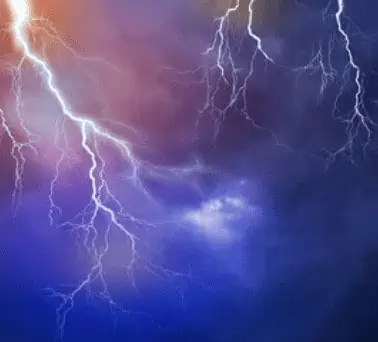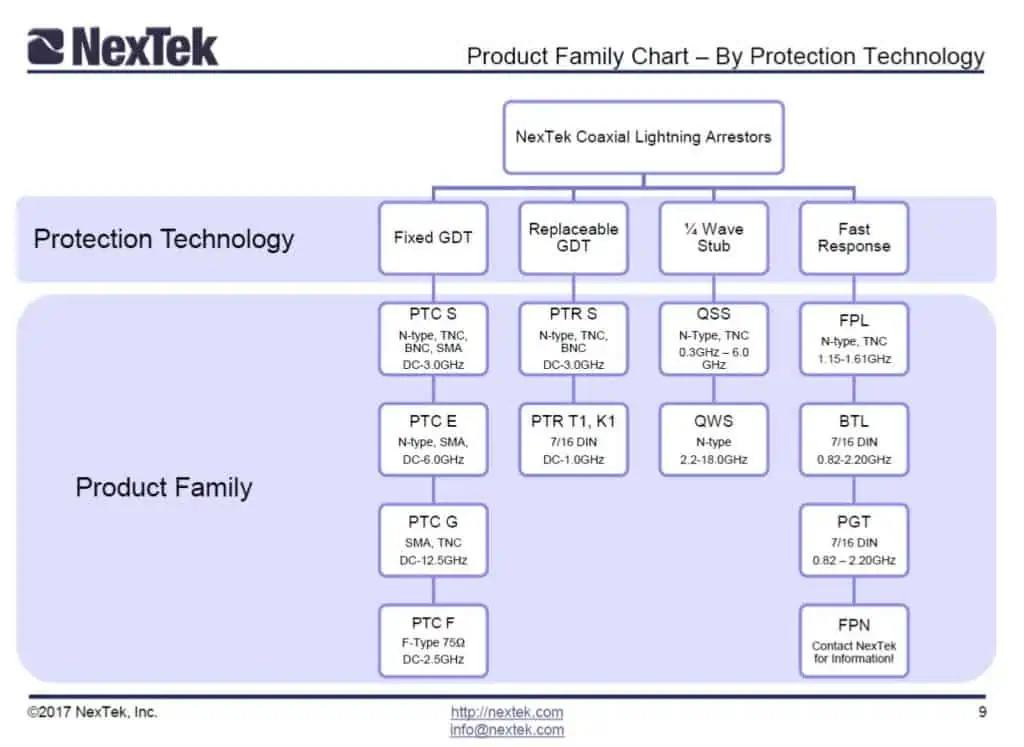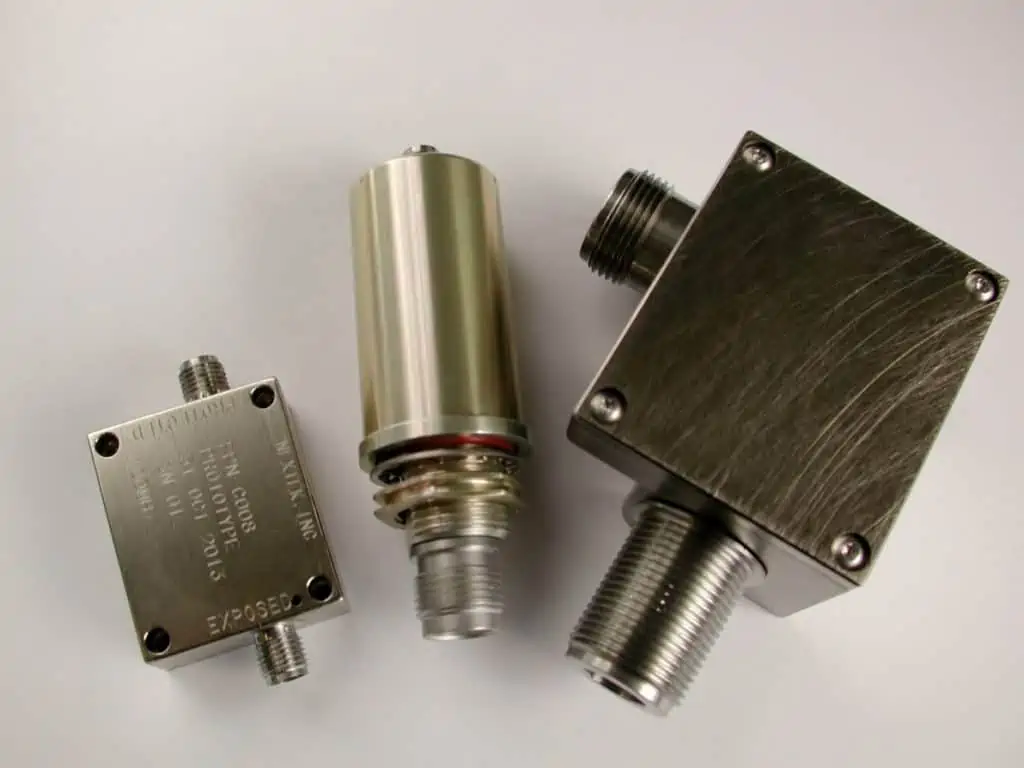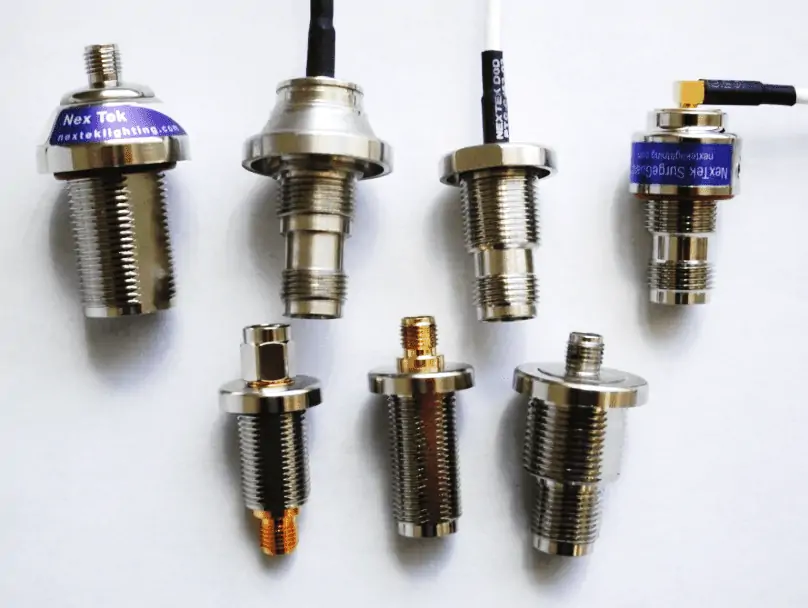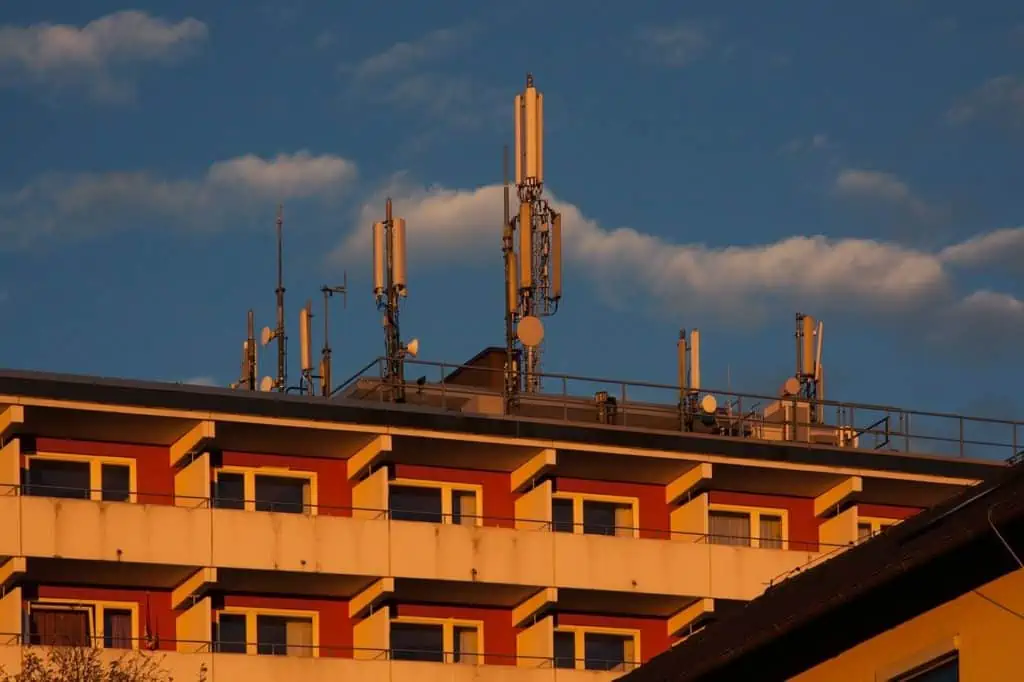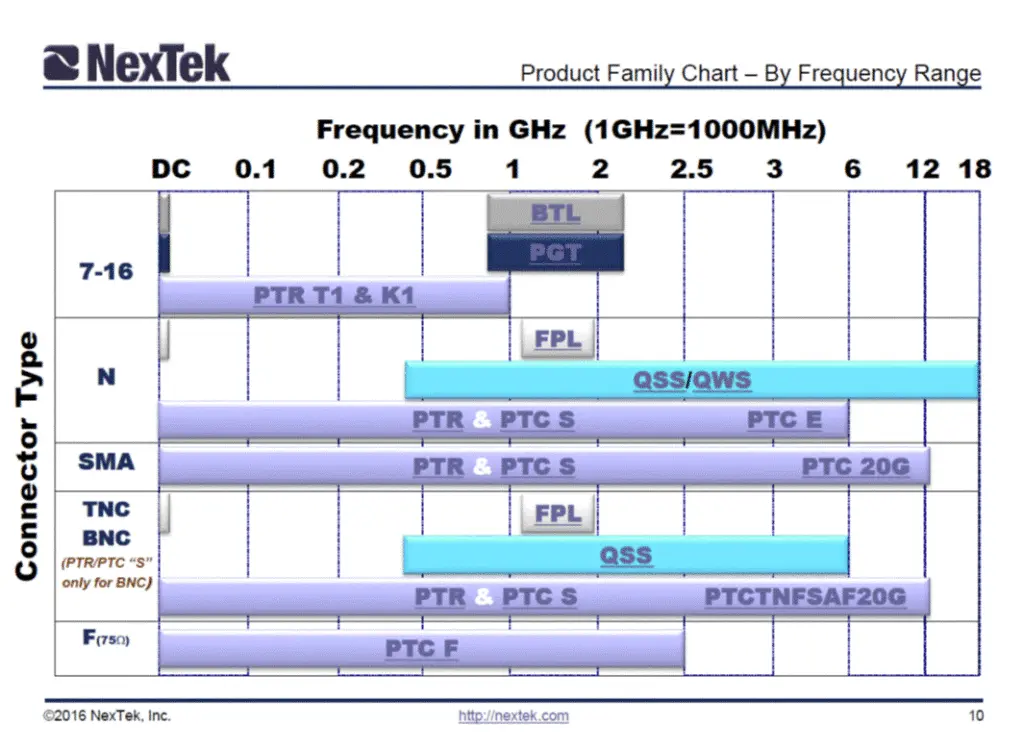Posts Tagged ‘RF’
Why is Choosing a High Quality Lightning Arrestor Important? – 4 Important Reasons!
Here at NexTek, we take pride in offering a range of coaxial arrestors that are assembled here in the USA to our own designs, using the highest quality materials available and assembled under top notch quality control systems. This is not always the case when it comes to most coaxial protection available on the market today…But Why Does That Matter?…
Read MoreLearn How To Select the Right Arrestor for Your Application – Coaxial Surge Protection Selection Guide
Have you been wondering how to select the correct surge protection for your Coaxial RF application? This newly-released Selection Guide is a handy tool which will help walk you through the selection process and end up with the best standard solution for your needs. This include a review of our major product lines, a list…
Read MoreHere’s How To Test and Screen Multistage Arrestors – Check Out The New Technical Note!
Although this new Technical Note covering how to test/screen an arrestor to ensure that it is working and operating properly was specifically created in reference to our FPL series of units designed to protect GPS and other Global Navigation equipment…the input here also applies to the majority of the NexTek FPL and FPN series units. Most of…
Read MoreFeatured Threat Type – Lightning Protection for Radio and Communication Lines
Although probably our best-known type of solution, we wanted to take the opportunity to start off 2017 by highlighting Lightning Protection for coaxial RF applications. Fundamentally, the purpose of these devices is to provide high-performance Lightning & Surge Protection for Radio and Electronic Systems and their Users. This can be as simple as protecting a radio itself, or as…
Read MoreProduct Bulletin – Integrate RF Surge and Lightning Protection Without Paying a Size or Weight Penalty!
The Neverending Quest For Size Reduction As with most technologies, RF and Wireless system design is an ever-changing and shifting world. As certain technologies or RF bands become popular, others fade away. However, the one ever-present force on the industry is the steady, but relentless, push towards smaller size and better integration over time. Lightning/Surge Protection at the PCB…
Read MoreDid You Know? – NexTek Arrestors are used on Military Vehicles and Systems around the world!
You Might Not Know; Just as our line of Power Filters are used to provide EMC compliance for a wide variety of military and government applications, our line of Surge Arrestors for coaxial RF lines are also in-use on an wide range of systems worldwide! Whether they are installed on a Permanent Installation or a Land…
Read MoreCompact Lightning Protection for Radios Operating Up To 12.5GHz – High Performance G-Class Arrestors
Available with SMA and TNC connectors, our G-Class arrestors (The PTCSAFSAF20G and the PTCTNFSAF20G, for example) cover a wider RF Band than any other coaxial protection design in the world. Because of the exceptional wideband performance from DC all the way up to 11 or 12.5GHz, there is no arrestor available today that will cover…
Read MoreContent Spotlight – Optimized Lightning Protection for High Frequencies (4-6GHz and Beyond)
This week’s featured article is a Technical Article previously published in Interference Technology magazine. This in-depth article contains details and information about providing Lightning and Surge protection for coaxial and RF applications operating in the 4 to 6GHz range. The widely used Public Safety (4.9GHz), UNII (5.6GHz), and ISM (5.8GHz) band applications all operate within this frequency window, so there…
Read MoreNew Technical Note – Transient Testing GDT-Based Surge Arrestors – Information and Details
Would you like to know more about performing Transient Testing on Gas Discharge Tube based arrestors? More specifically, testing arrestors against the common Lightning-derived industry-standard 1.2×50µs/8×20µs Voltage/Current Waveform using commonly available equipment to 6kV/3kA surge current levels. The 1.2×50µs/8×20µs standard is meant to replicate conditions and energy levels that you can expect during an Indirect Lightning…
Read MoreNew Selection Tool – One-Page Coaxial Arrestor Selection Guide!
Are you looking for a quick and easy visual aide to assist in selecting the proper coaxial lightning and surge arrestor for your application? Are you wondering which NexTek arrestor families offer a solution with the right combination of RF Pass Band and Connector Type to meet your needs? If so…you are in luck! We have just made…
Read More
